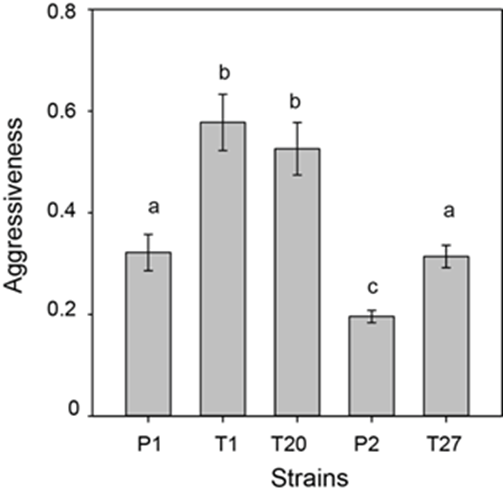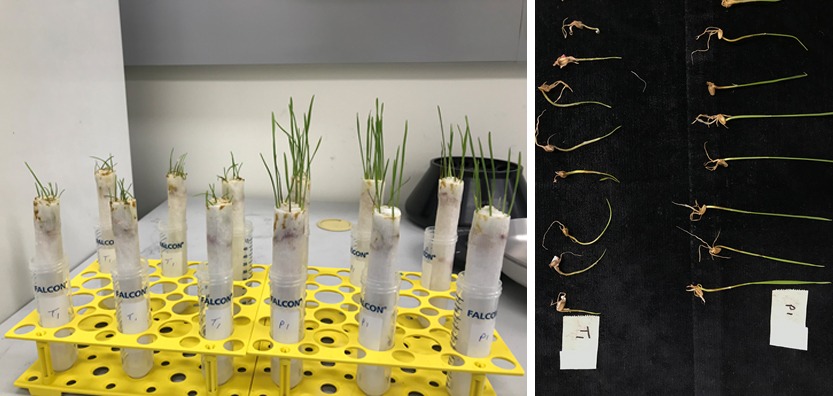

The impact of Fusaristatin A production on crown rot pathogen in wheat, TropAg
November 7, 2019
The Crawford Fund’s Queensland Committee has again partnered with TropAg2019 to assist 10 young researchers from developing countries attend and present their science at this international conference which will be held in Brisbane from 11-13 November 2019. Successful candidates were chosen by a selection panel made up of representatives of The Crawford Fund and the TropAg2019 conference organisers, based on submitted abstracts of their research.
In the lead-up to the conference we will be publishing short blog posts written by the young researchers about their work. Here is the seventh blog.
By Mohammed Khudhair, CSIRO and the University of Queensland
Fusaristatin A production negatively affects the growth and aggressiveness of the wheat pathogen Fusarium pseudograminearum
The genome sequences of seven Fp strains have been published (Moolhuijzen et al., 2013, Gardiner et al., 2017, Gardiner et al., 2012), and intact fusaristatin A gene cluster was identified in the genome of one of the sequenced strains, CS5834 (Wollenberg et al., 2019). However, this gene cluster was absent in the remaining sequenced Fp genomes as a result of what appeared to be a single-cluster loss event based on remnants of the cluster being nearly identical in all fusaristatin A non-producing strains (Wollenberg et al., 2019). Then, they Screened 99 isolates: New South Wales (42 strains), Queensland (18 strains), South Australia (4) and Western Australia (35).
There were identified 15 fusaristatin producing strains, all originating from Western Australia. While I have Fp populations collected from Western Australia (300) and from eastern states (131) that were already analyzed in terms of their genetic structure, mating type and chemotype potential, we decided to determine: 1) if the fusaristatin A gene cluster is unique to WA Fp populations by examining a larger number of Australian Fp isolates; 2) there is any link between the presence or absence of this gene cluster and the ability of Fp to cause disease; and 3) the absence of fusaristatin A production alters the biology of Fp.
Gene cluster screening results
WA isolates
- 48 % from 2008 isolates have this gene cluster and the rest lost it
- 83 % from 2015 isolates have the gene cluster and the rest lost it
- The overall: 53.03% have it from both surveys and 46.97% lost the gene cluster
- All eastern states isolates (131) do not have this gene






